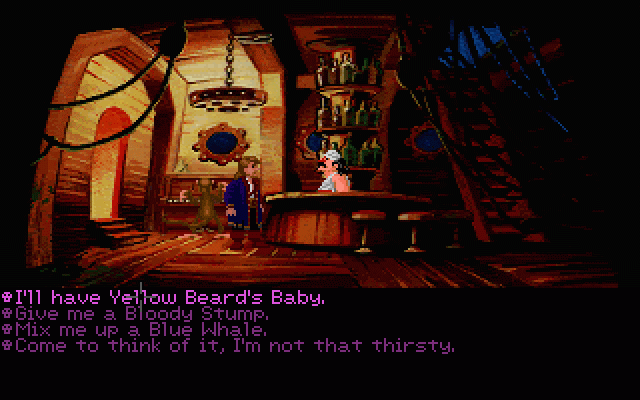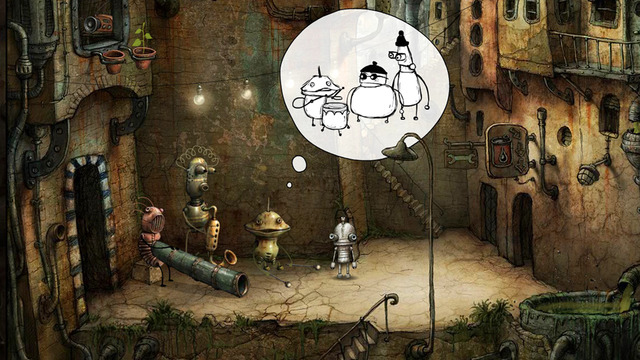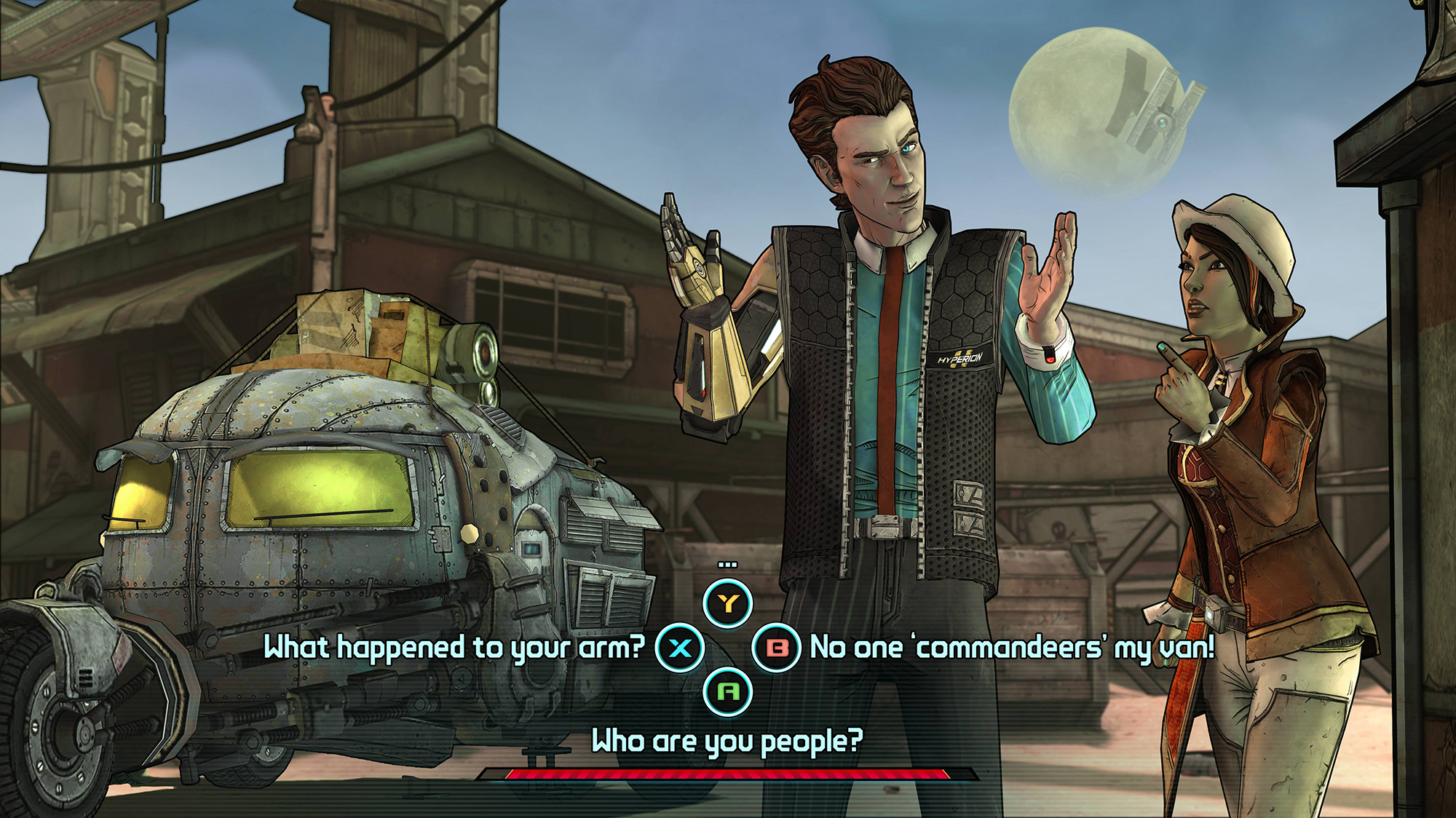If you remember the old Goosebumps choose-your-own-adventure books, you can probably think of Visual Novels as something like that. With interactive elements, they are closer to video games than e-books, but are still cut up into series. These novels can either be flat images put together or little interactive bits. But the general idea is that it is a halfway point between media.
An example of the Visual Novel Fate/Stay Night
One of the more notable companies that were built around Visual Novels would be Telltale Games. Known for games like Monkey Island, or Tales from the Borderlands, the company uses the storytelling of novels to create an episodic animated adventure that could be played in multiple ways.

Source: Monkey Island 2: Le Chuck’s Revenge
Something that is important to note is that while visual novels can count as point-and-click games, that does not mean all point-and-click games are visual novels. For games like Machinarium, there is little to no text in the game. Instead it relies on visuals that the player is used to, in order to explain the story.

While you can argue that the game would work as a visual novel (in some artsy way that it goes past the need for words to get the point across), the game itself is closer to a video game than an actual novel. But as American audiences for these games grow, we would be expecting a difference between visual novels from Asia and Western versions to grow.
If you are interested in learning more about these things, check out our top 5 Visual Novels on the Steam store here.








Published: May 8, 2016 02:05 pm